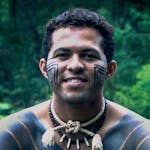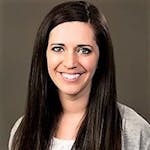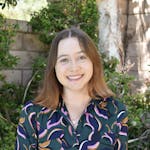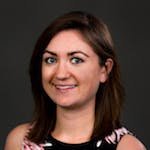We can’t live without nature’s help, and nature can’t live without our help. We must protect our planet’s biodiversity to safeguard the future of our ecosystems, our climate, our health, and our humanity. In this special series, the UN Foundation commissioned five Indigenous photographers to show how their communities and families are at the heart of the struggle to save the world’s wild places, under threat like never before. Words and pictures by Edgar Kanaykõ, edited for length and flow.
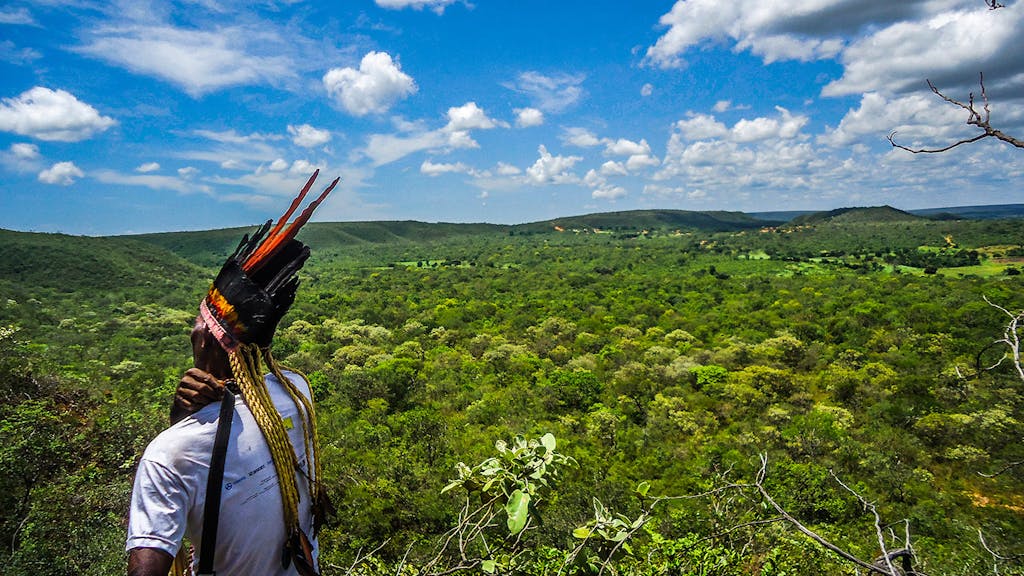
The territory of the Xakriabá people in Brazil. Photo: Edgar Kanayko / If Not Us Then Who?”
The song goes like this: “I am a resident of the forest, I am Xakriabá, I like to hunt, I know how to move through the forest, while also naming native bees — aruá, mundurí, mandaçaia, uruçú, and jataí.”’
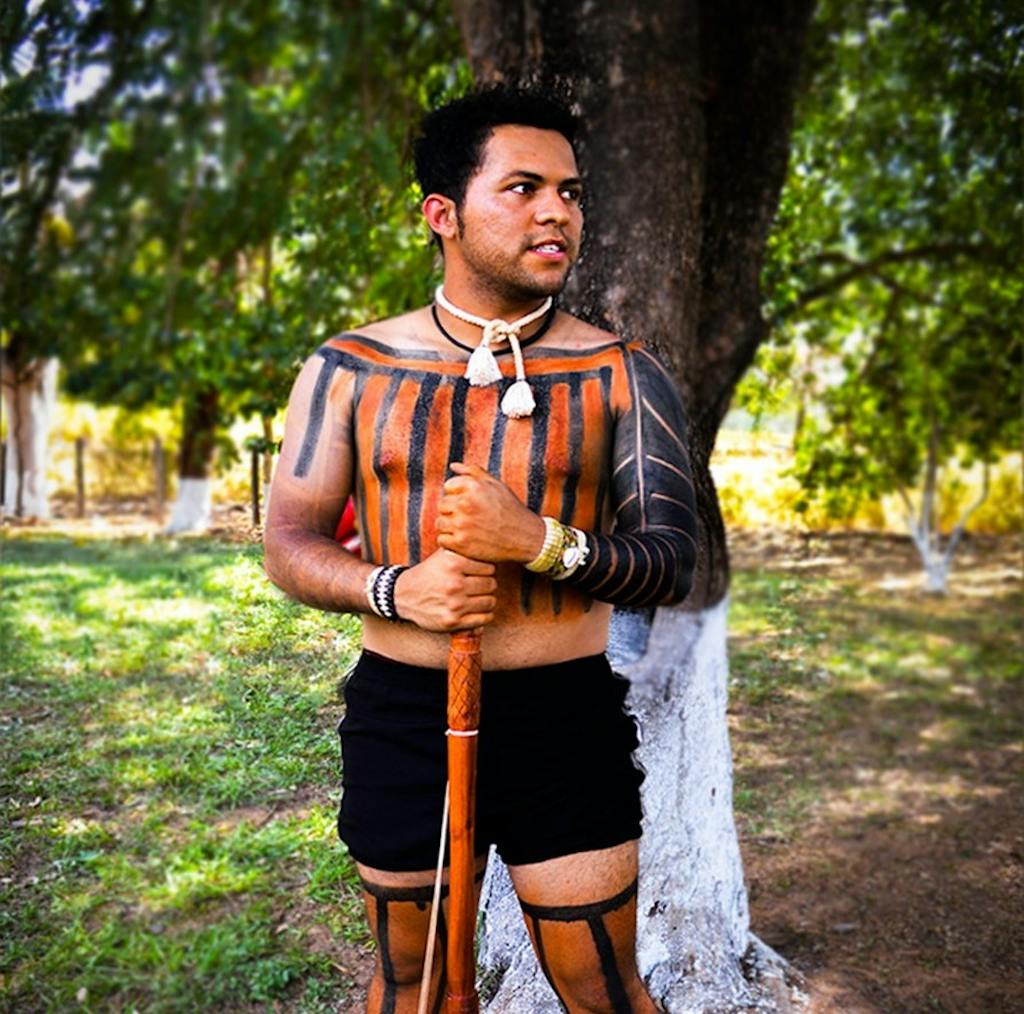
Hello, I’m Edgar Kanaykõ. I’m an Indigenous man from the Xakriabá people of the Cerrado. We live on the left bank of the São Francisco River in Minas Gerais state in Brazil. There is nowhere like the Cerrado, a huge tropical savanna that borders the Amazon. We have thousands of species you find nowhere else in the world.
It is in this context of biodiversity that the Xakriabá Indigenous people see and perceive the world. Our cosmology, our place in the universe, our history — all are connected to the beings that inhabit the Cerrado.
We call this place “birthplace of the waters,” with a wide variety of plants, animals, and traditional peoples. However, it is the most devastated area and coveted by the capitalist and agribusiness systems. Today we have only 20% of its original coverage, most of which is maintained by reserves and Indigenous lands. Indigenous peoples are experiencing a historic tragedy marked by the policies for the extermination of nature and its socio-biodiversity.
The Xakriabá people’s way of life is all about the relationship we have with the forest, the creatures, and the spirits. For us, there is no clear division like the one that whites make between nature and culture; for us these things are related — humans and nonhumans, man and animals. This relationship constitutes the way we see the world.
The Xakriabá people have been in contact, or rather, at conflict with the surrounding society for a long time. This has been going on for almost 400 years . . . and that has had a direct impact on who we are as a people.
Because the Xakriabá people were forced to stop being who they were — to stop using paint, to stop speaking the language, to stop doing rituals — the biodiversity has also been extensively exploited and almost wiped out.
The Xakriabá people managed to fight for the territory, and nowadays we have demarcated land, although there isn’t a legal text that specifies as such.
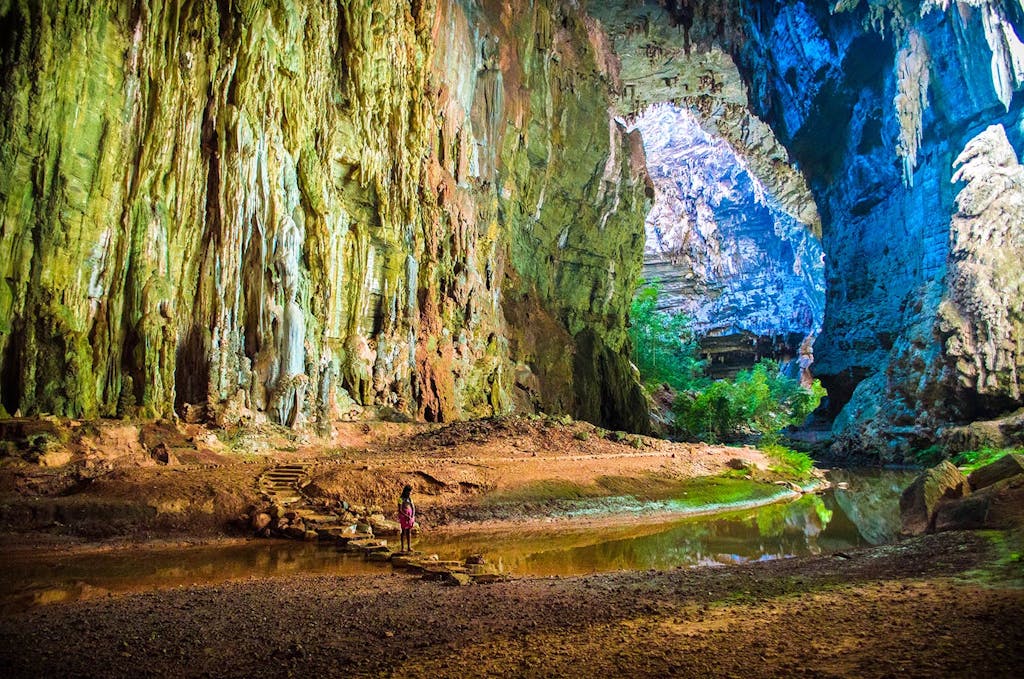
Xakriabá child observes the river that borders the Xakriabá Indigenous lands in Peruaçú Caves National Park. Photo: Edgar Kanayko / If Not Us Then Who?”
The Xakriabá people started to lose this relationship with the river due to the invasions that had forced them to increasingly distance themselves from it, but today, due to the land being marked out, we have a management plan to take care of our territory.
The arrival of the novel coronavirus, COVID-19, has directly impacted the lives of the Xakriabá people; not only the Xakriabá people, but the whole world, and various Indigenous peoples here in Brazil.
We are now monitoring the territory in order to control the flow of people entering and leaving, because the Xakriabá territory is quite big. We are monitoring not only to control the pandemic, but also to protect our own territory.
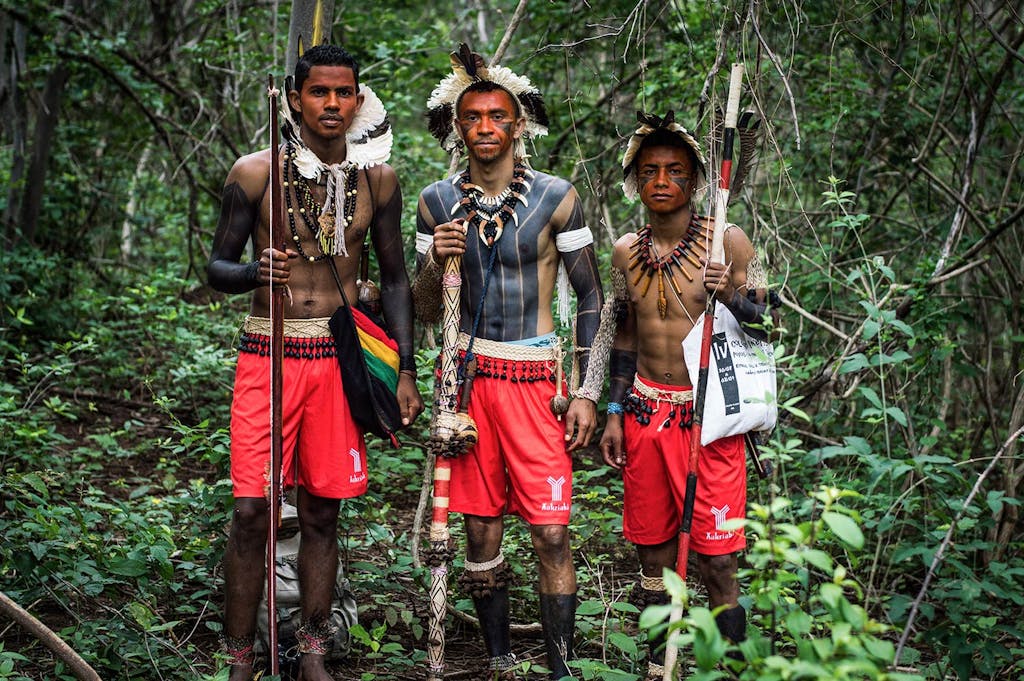
Xakriabá youth perform a ritual in the forest. Photo: Edgar Kanayko / If Not Us Then Who?”
The territory is our home, it is our dwelling place, it is part of who we are, and as Indigenous people, we cannot be seen only in the past; we are the present and, even more so, the future, since we are living in this world that is becoming increasingly likely to fail due to this capitalist and exploitative system.
As Indigenous people, we can teach the world a great deal about these other relationships that we have with the land, the forest, the creatures, the animals, and the spirits. So, other people can help us directly and indirectly, supporting us, providing visibility, and contributing to our actions and projects.
We are always moving forward.
MORE ABOUT THE PHOTOGRAPHER
Edgar Kanaykõ belongs to the Xakriabá Indigenous people in the state of Minas Gerais. He holds a master’s degree in anthropology from Federal University of Minas Gerais. He works in the area of ethno-photography: “a means of registering an aspect of culture — the life of a people.” In his lens, photography becomes a new “tool” of struggle, allowing the “other” to see with the Indigenous perspective.
View more of Edgar’s photography at @edgarkanayko on Instagram.
Learn about the Xakriabá people from the community itself @povoxakriaba on Instagram.
Media content supported by Indigenous led charity If Not Us Then Who


